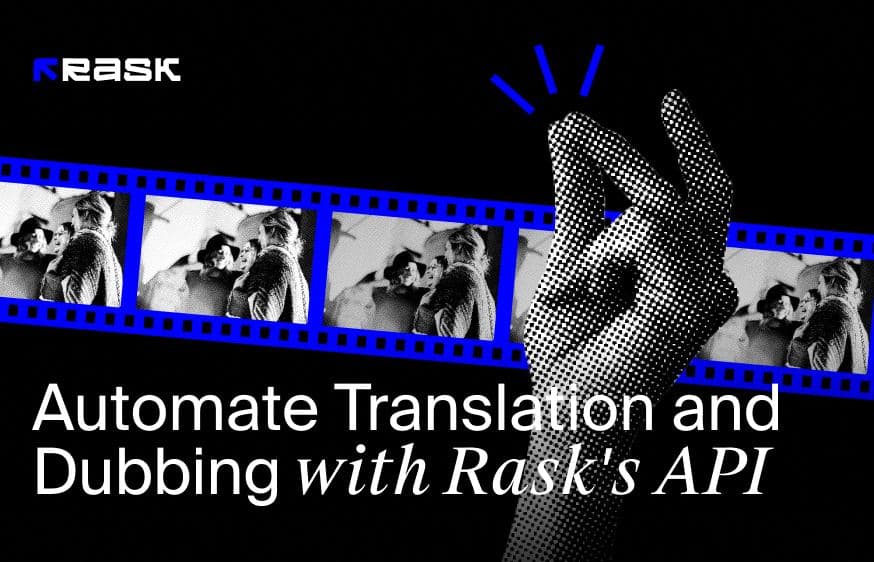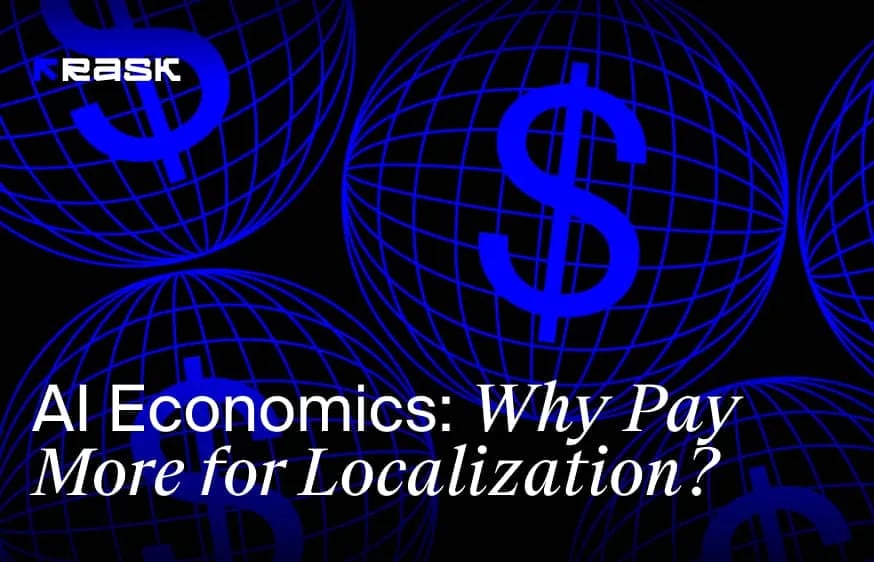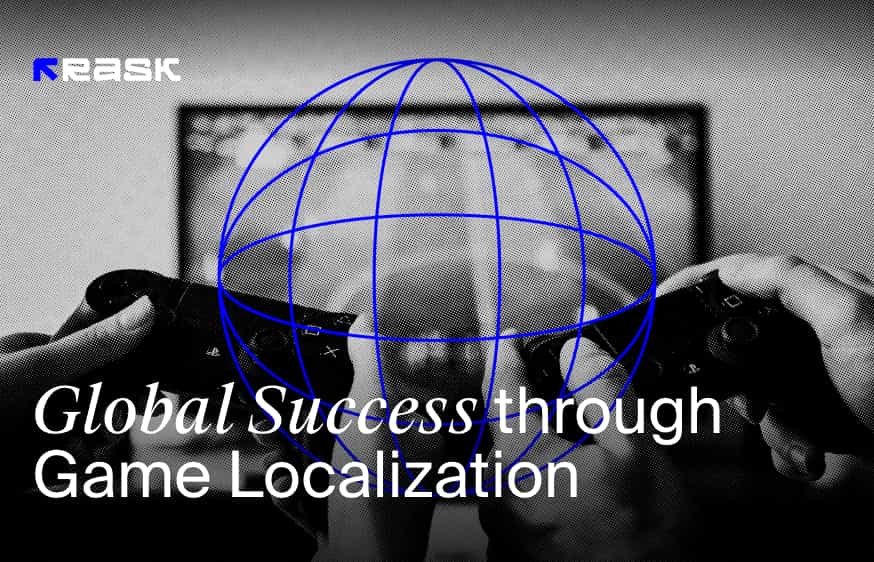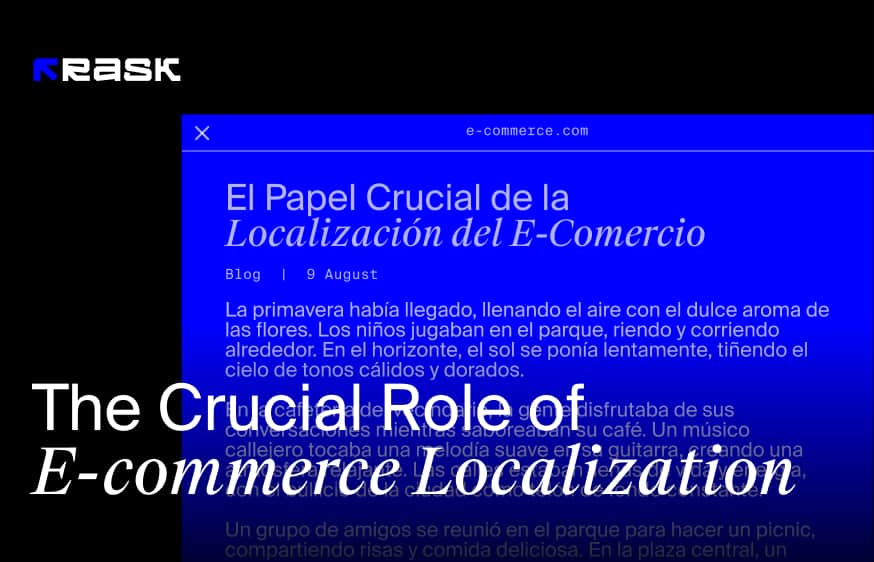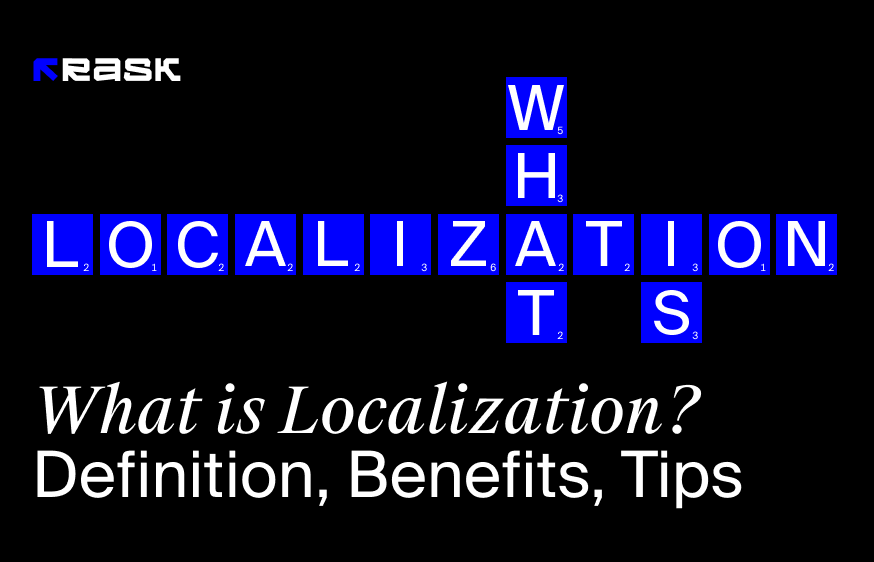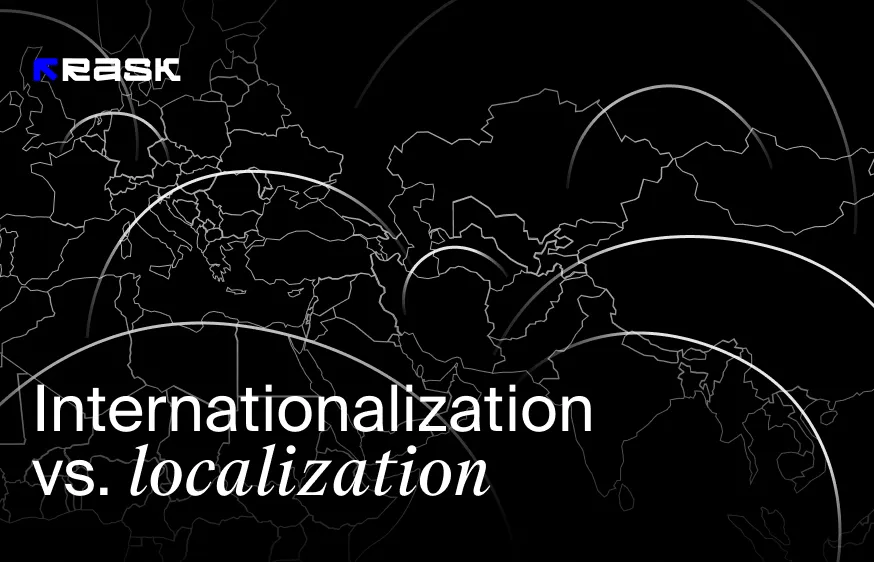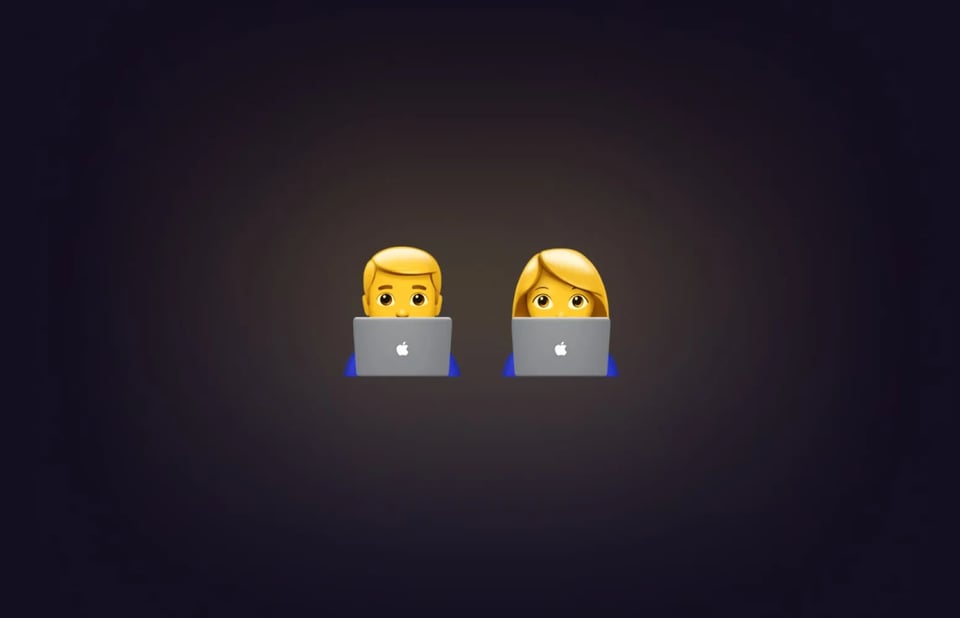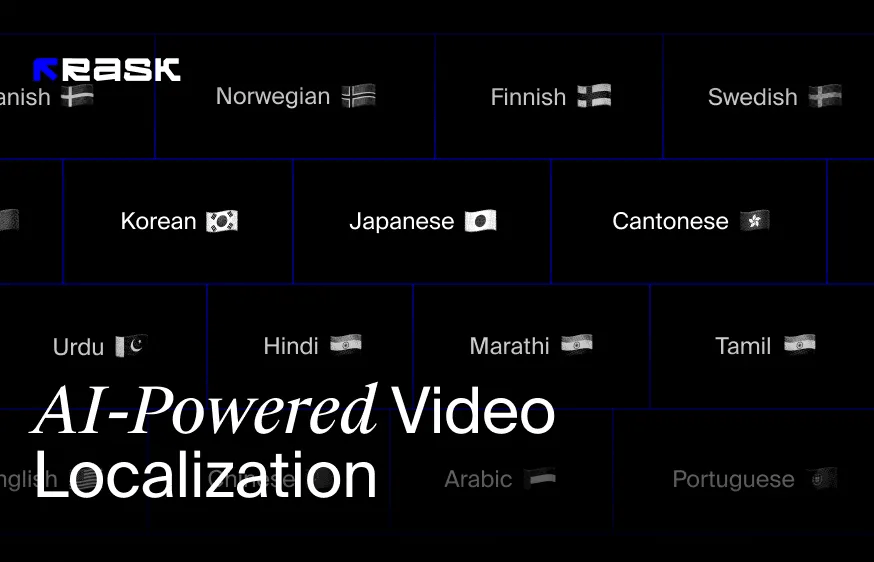Pay Smart: How to Choose the Most Cost-Effective Localization Solution
Expanding your reach requires content localization. To be more specific, it requires adapting your business (therefore, not only text) to attract new customers in new locales - which often means adjusting everything from language translation to imagery part of the business.
While localization isn't a small investment in both money and time, especially when we talk about a vast cache of translatable content, a successful process guarantees high Return on Investment (ROI) and the ability to go global with and rapidly expand into your products and services.
There are several options for how localization can be done in 2023. The first option is to use professional localization services, where you hire a full team that organizes the entire process. While this option has long been the only way for companies to reach new customers, and it is often an incredibly costly way to localize the business, now the market sees more solutions that reduce costs while still providing quality results.
If you are ready to start website localization, then why pay more for the same job? Explore how to choose the most cost-effective yet top-notch solution to organize a global reach in 2023.
What is the Localization Process?
Localization isn't pure translation. It is obvious that translations are one of the key parts of the localization process, but it doesn't stop there. The process involves many steps and many elements of existing business to be localized. While we will elaborate on each step later, showing where you can reduce costs, the most crucial elements that should be adjusted to the new target audience are:
- Content;
- Marketing assets;
- Visuals.
Localization allows companies to compete on a world stage today. The majority of businesses today are trying their hand in new locales, so staying in one locale will make it hard for any company to open up new revenue streams and stand out from the crowd.
Translated texts alone are not enough to beat the competition and overcome local and international companies. That is why localization is not considered as going the extra mile - it is now crucial for any business looking for multilingual content creation and market success.
Who Needs Localization?
The short answer is everyone. However, not every company has enough time, local market presence, brand awareness, and time to consider localization at all. Thanks to the presence of new cost-effective solutions to glo global, everyone who is trying to reach new customers and improve sales needs localization.
For example, the ones that make decisions regarding localization are:
- CEO;
- Marketing Manager;
- Content Manager;
- SEO Manager.
Translation vs. Localization
Translation and localization terms are often confused. The translation (T9N) is one of the steps in localization. Translation is the process where you convert the text from one language to another - and that is pretty much it. Therefore, translation doesn't cover cultural differences and aspects that should be taken into consideration.
While translation should be accurate and is usually done by native speakers, localization is the only process that modifies the translated content for a new culture.
Even though the US shares the same language as those in the UK, words that define one thing here can mean another across the pond. You can avoid potential linguistic lapses by taking localization into account.
Let's take a word jumper as an example. It refers to a knitted top in the UK. But when we talk about US residents, a jumper refers to a person attempting to jump from a bridge or building. That said, if we want to sell knitted wear in the US market, we should use the word Sweater.
Localization develops the essence of the message and describes something in the most authentic way possible. Therefore, the goal of localization is to make the content fit different target markets and cultures.
Internationalization vs. Localization
Internationalization (i18n) refers to a strategy that makes services and products localizable. You can consider internationalization as preparation to ensure that a product or a service can be successfully localized.
Therefore, internationalization is a crucial step of the localization process that ensures you enter new markets.
Let's say you are looking to break into Arabic markets. The key steps of the internationalization here may include the following:
- Supporting the local Unicode for character encoding - most of us know that Arabic content reads from right to left.
- Designing navigation, layouts, and buttons so there is room for text expansions - in comparison, sentences in English usually take a smaller place on the web page than in Arabic.
- Investing in a universal language using relevant illustrations.
Internationalization is a vital practice for furniture and technology providers. Thanks to their tech business nature, their websites and mobile apps often end up with a large volume of diagrams and illustrations to either explain the product or how it can be used. While these are definitely good, try more relevant and engaging illustrations when you are at the step of internationalization.
- Tailoring services and products for local markets.
Let's consider KFC here - one of the most popular fast food chains that successfully localized their products all across the world. KFC's restaurants in Asia serve different menus than they serve in Europe - like there is a wide variety of choices of early AM sets, such as pancakes, waffles, soups, etc., in Singapore.
Transcreation vs. Translation
Translation is a party of localization. And translation is also a part of transcreation. As the word implies, transcreation refers to a mixture of translation and creation.
Transcreation is usually done by writers when they think about such elements of content as:
- The tone of voice;
- Cultural references;
- Factual details it contains.
Then, they convert all the insights into an accurate translation tailored to a completely different local context - which is one of the essential elements of localization.
For instance, we are all probably familiar with Haribo - a well-known company based in Germany that produces gummy bears. The German slogan of the company is: "Haribo Macht Kinder froh, und Erwachsene Ebenso" which in English means: "Haribo makes children and adults happy".
This slogan has changed during the localization process, though the marketing team found a great solution that later was easily translated into other languages, and now it sounds as: "Haribo is a treat to be enjoyed at any age."
What are the Benefits of a Well-Thought-Out Localization Strategy?
While an effective content localization business strategy can benefit each business differently, it should at least do these three essential things for your business:
1. Expand Reach
Experts say that businesses that are not localizing their products and services can lose 40% or more of their total addressable market (TAM) — and website content is also included.
That TAM isn't limited to markets you are currently presented in. It also includes those you plan to break into. By identifying and calculating the total number of potential customers that exist in these locales, you can easily gauge the percentage of them your localized content is reaching.
As a result, this will give you insights into optimizing the distribution strategy or making any changes to the existing process so you can get a higher percentage.
2. Promote Increased Positive Engagement
Based on the research performed by a Common Sense Advisory, 66% of customers on EOS, though most prefer as much relevant information as possible in their native language.
Such tolerance reveals a high interest in what businesses have to say and/or offer. Therefore, you can imagine how the interest in customers would increase if you provided a fully localized user and customer experience, making content as authentic for them as possible. The more elements of the business are localized - the better engagement metrics.
3. Positively Impact Your Bottom Line
Increased engagement means a sense of connection. A recent study reveals that when the target audience feels related and connected to a business, almost 80% of them will choose it over competitors offering the same products and services. Simply put, you should notice a steady increase in order values, sales, and overall market share once localization is done.
What Localization Solutions Are There?
Apart from translating content, a website will also need to communicate a consistent message in one brand voice across different locales and channels. This will involve more than translation to localize the website content to different languages and cultures while preserving its original meaning.
While localization is a complex process, the market is currently filled with a range of solutions that have been designed to help with just that. These localization solutions can't create a localization strategy as it also requires comprehensive data collection, though they can reduce up to 80% of human work and reduce overall human involvement in the process while still delivering quality translation.
If you have a website, there are three common types of website localization tools, such as:
- Self-translation services;
- Translation services;
- Automatic website localization software.
1. Self-Translation Services
We are all already familiar with these DIY translation services. The working process is extremely easy: create a copy of a paragraph of text into the translation service and choose the destination language; the platform will translate the text into any chosen language and the best thing - absolutely for free.
Some popular examples of such services are Google Translate, DeepL Translator, and Bing Microsoft Translator.
2. Translation Services
In contrast to the first option, which relies on specific algorithms to translate content, translation services involve humans - but not business owners. While the quality of human translations is better than in Google, the cost is usually high. Such translation services can assist in the following:
- Translating websites, web apps, particular web pages, documents, software, and more.
- Proofreading the translated text.
- Streamlining translations of large volumes of text using API.
- Providing other services like video subtitling, multilingual chatbots, and Google Ads translations (however, this often depends on the chosen provider).
3. Automatic Website Localization Software
Automatic website localization solutions are probably the most popular and cost-effective option today. This software combines all mentioned above and goes further by using Artificial Intelligence (AI), Machine Learning (ML), and Natural Language Processing (NLP) and neural machine translation technologies.
Working as a complete localization solution, these apps contain almost every feature you need to successfully break into new locales. The price will depend on the chosen tool, though the cost is much smaller than with human translation, and the results are often better in terms of ensuring the new content matches the target market's cultural nuances.
The best automatic software localization software has the following features:
- Machine translation post-editing: Once the text is translated by machine, you, a professional proofreader, or a team within the localization solution can edit the text to ensure it fits cultural needs and differences.
- A vast range of languages: With human translators, you should look for a particular native speaker for each new locale. And you don't want to do the same time-consuming and costly job when using such software. So, the ideal machine translation software offers a vast range of languages to choose from and does not require extra costs for each new locale (or the extra fee is low).
- Advanced features for other types of content: When choosing localization software, it is best to find one that has simple website translation features and advanced ones as well. That is vital since we bet you have more content than just website text, like emails, marketing campaigns, and videos, that should also be localized.
How to Choose the Most Cost-Effective Localization Solution?
There is no best localization solution since everything depends on your specific needs and business criteria. However, there are some essential things you can still consider to choose the best solution for your budget and needs. Some questions you may ask yourself are:
What markets will you be targeting?
This is a crucial question that should be answered at the very first stage of the localization work. Depending on the number of locales you want to reach with localization, you can identify what software fits your needs best.
Some apps are costly since they provide over 100 languages, others are cheap and free because they can translate content only in 5 languages, and there are apps like Rask AI that are cost-effective, though they offer over 130 languages for content translation.
Will your workflow be agile, lean, or traditional?
If you follow rigid processes in every business process, then you will need to choose either a localization tool with great customer support to assist you throughout the process or hire translators who can work quickly and adapt to the communication flow of your company.
How much content do you produce daily, and what are the types of content?
Translators won't be able to deliver high amounts of content, and you will also need to hire extra specialists with each new type of content to be localized. That is where high costs are involved, and the process tends to be slow - the entire website can be translated within a few months.
That is where automatic localization solutions with translation memory come into the picture. If you choose apps that work based on AI - one piece of content can be translated within a few seconds, so there is no limit to the content you can translate each day. In addition, some of these apps, like Rask AI, can easily translate and localize different types of content, including long videos and YouTube Shorts based on translation memory technology.
Will you break into all markets at once or take an in-region, phased approach?
When more content has to be translated simultaneously, your human translators will have to manage localization projects and workflows for multiple markets. While this might be true for some providers, the cost is still the highest when compared to other localization solutions available today. Machine translators can't get tired, so they can do work for you while you sleep or focus on other business tasks.
What timeline are you comfortable with?
There are large translations providers and small teams, so choosing the right one will play a key role in how quickly they can translate your website content and other business elements for localization. The thing here is that humans still take longer to translate content and adjust it to the culture you target.
Even though they can still hurry up and provide expected results, imagine the cost of hiring a large team for your business. AI tools for automated translation, dubbing, and localization resolve this issue by delivering translated and ready-for-localization content in just a few clicks.
Are your plans to scale?
Scaling is crucial when it comes to reaching new markets and standing out from the crowd. Not every business has plans to scale once the localization is already done, though it is still a great practice in most cases.
So, if you constantly produce large volumes of content and plan to reach more markets in the upcoming future, the most cost-effective and long-run localization solution here will be machine translation software like Rask AI.
So, What Software to Choose for Your Localization Project?
The short answer is choosing flexible software. Flexible software allows businesses of all sizes and different volumes and types of content to easily manage the localization process. Whether the localization is done by the marketing team or CEO, whether you need to translate only a website or video content, or maybe you need more advanced features alongside simple translations - flexibility in choice will be the key.
That is why it is crucial to choose a localization tool that gives you freedom without extra fees for each new feature, new language, or new user added to the plan. While some quality apps will still require fees for some features, you should still be able to choose from several available plans, one that suits your projects budget (and, therefore, business goals) the best.
Rask AI is currently the best solution for translation, dubbing, and localization. This localization tool offers a free trial, allowing users to test available features and only then decide whether to continue or not. It offers over 130 languages for content localization while also being packed with the most advanced features for localization like dubbing, generation of Shorts for social media channels automatically adding subtitles and captions, and much more. The app has several plans to choose from, and it is considered to be the most cost-effective solution for almost every localization project in 2023.
Last Thoughts on Choosing Localization Platform
As you grow, your localization platform should grow with you. Localization software is usually made based on a subscription model, including different prices for each plan, new features, and amount of users. Such localization solutions tend to be best for businesses with pretty stable localization needs and content workflow - ones that consider breaking into new locales and expanding their reach either on a regular basis or continuing to adjust new content to chosen locales.
Choosing the software that suits your budget and needs also involves the features you are looking for the most. You should consider what type of content you need to localize, ease of user interface, how much of it has to be translated based on chosen markets, and whether you will need quality assurance for regulatory compliance or not. Regardless of your choice, give automated translation software platforms like Rask AI a free try before committing to any solution so you can be sure you found your wild card.
FAQ
Simply put, localization is a process where you adjust your content to a new target audience so it brings an authentic and positive user experience. Localization solution is the name of tools and providers that help you with one or all steps of the process itself. Simple translators like Google, automated translations software, and human translators fall under the localization solution term umbrella.
One of the brightest examples of localization is the well-known Coca-Cola company. As a part of the localization strategy, Coca-Cola adapted the campaign for local markets like China, India and. For example, in Ireland, the company ensured the Coke bottles had Irish names such as Aoife so customers could better understand the brand message.
Localization companies have many specialists including translators and software developers that can help in the localization process. Based on the chosen provider, these businesses can help in translating website content, taking the entire localization project from scratch, and adjusting all business elements, like marketing assets, to new locales.
There are many websites localization platforms today, like Rask AI, OneSky, Smarting, and Applingua. However, Rask AI platform differs from competitors by working on AI technology, offering both basic and advanced localization and dubbing features while also providing the highest number of languages for translation.
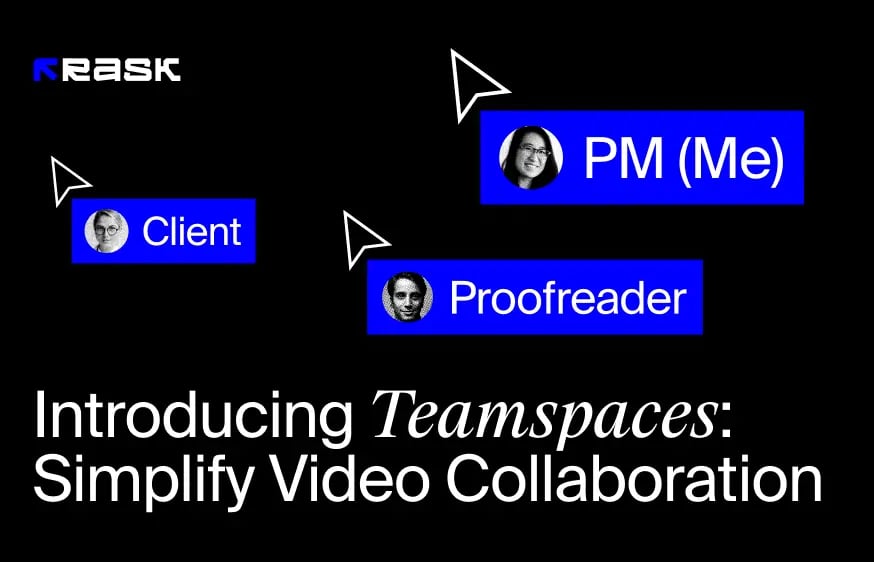
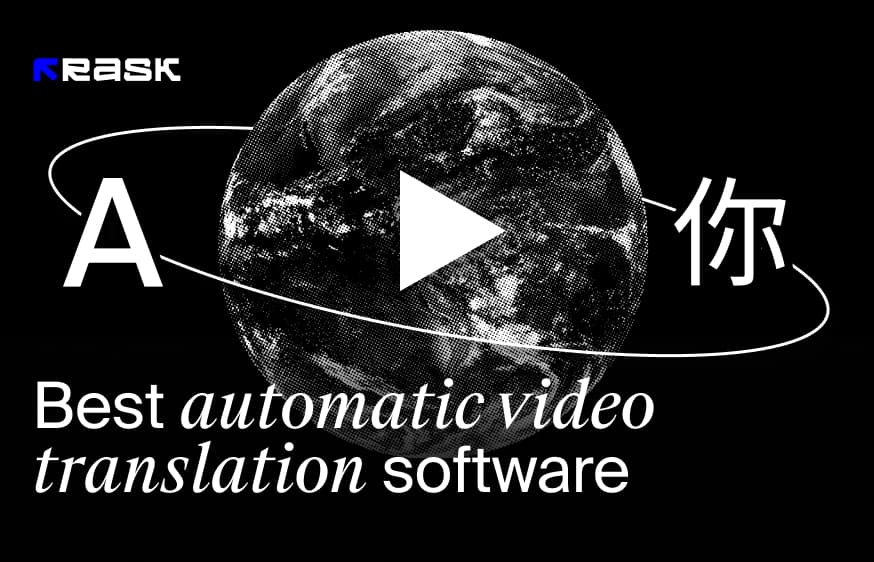
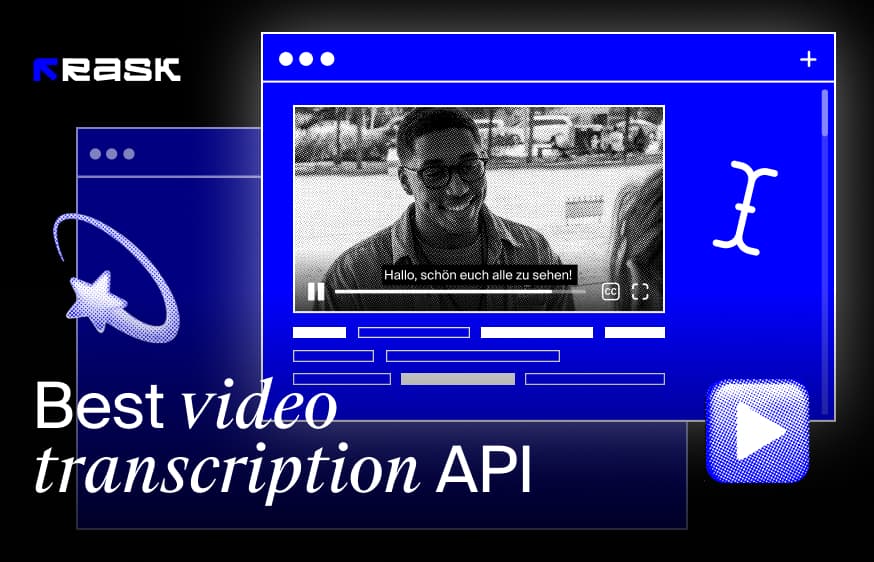

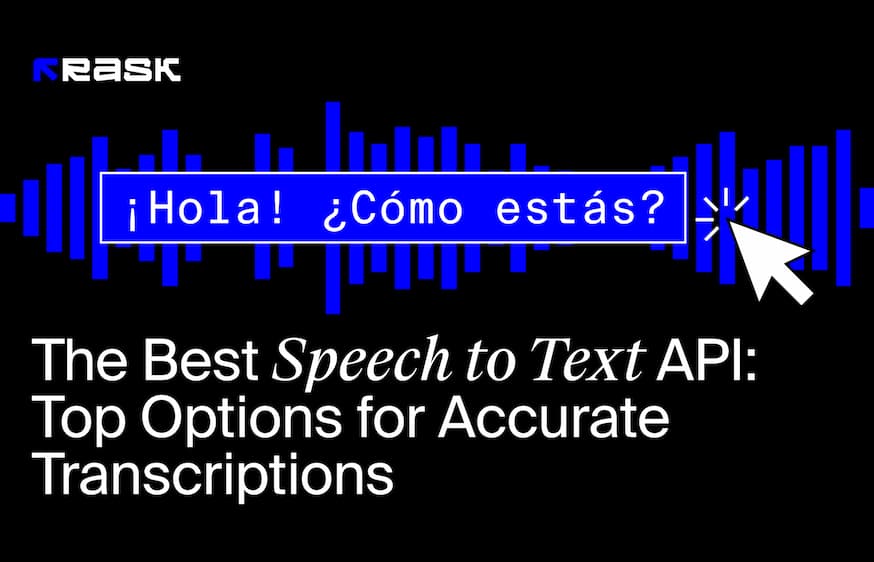
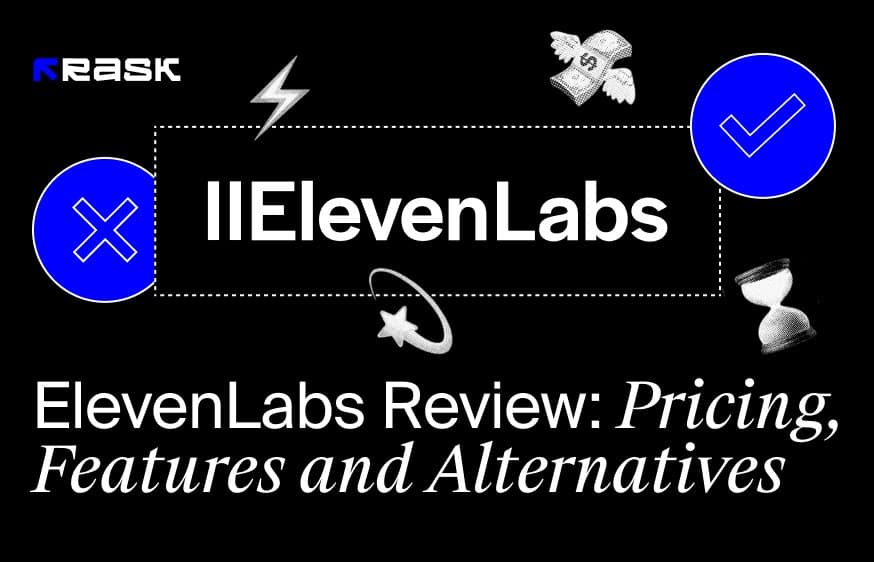
.jpg)
.webp)
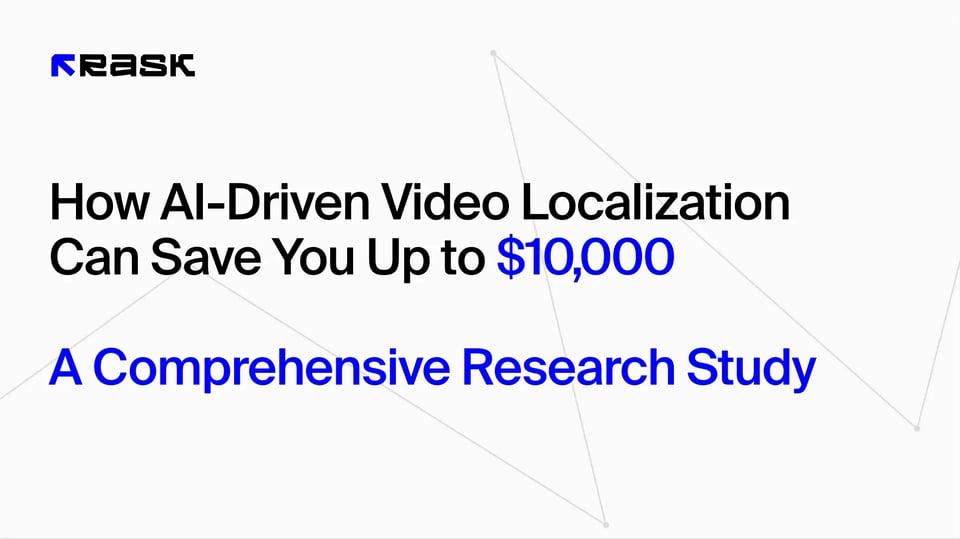


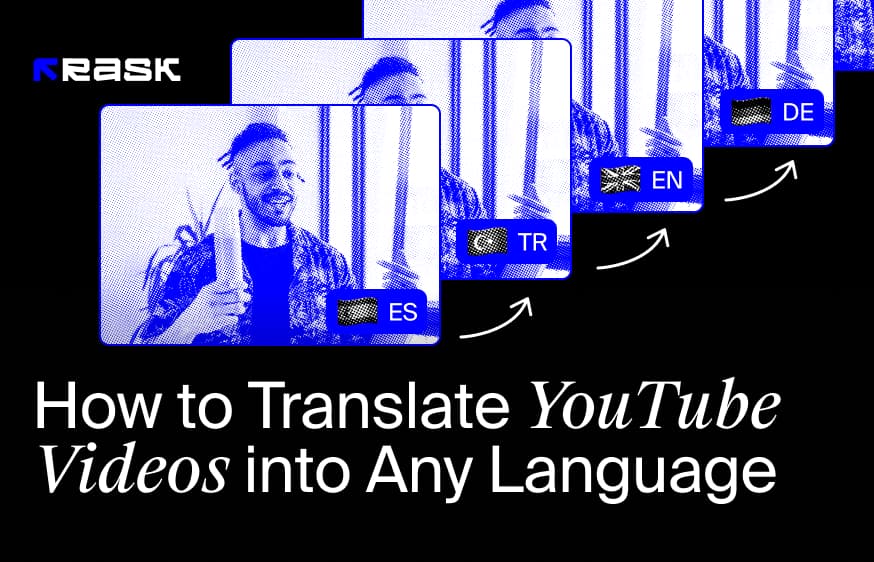
![8 Best Video Translator App for Content Creators [of 2024]](https://rask.ai/cdn-cgi/image/width=960,format=auto,fit=scale-down/https://cdn.prod.website-files.com/63d41bc99674c403e4a7cef7/6668a3dcd3175bd1d1c73c81_Best%20video%20translator%20apps%20cover.webp)
![Best AI Dubbing Software for Video Localization [of 2024]](https://rask.ai/cdn-cgi/image/width=960,format=auto,fit=scale-down/https://cdn.prod.website-files.com/63d41bc99674c403e4a7cef7/66685014f68137eb05c89c16_Cover.webp)

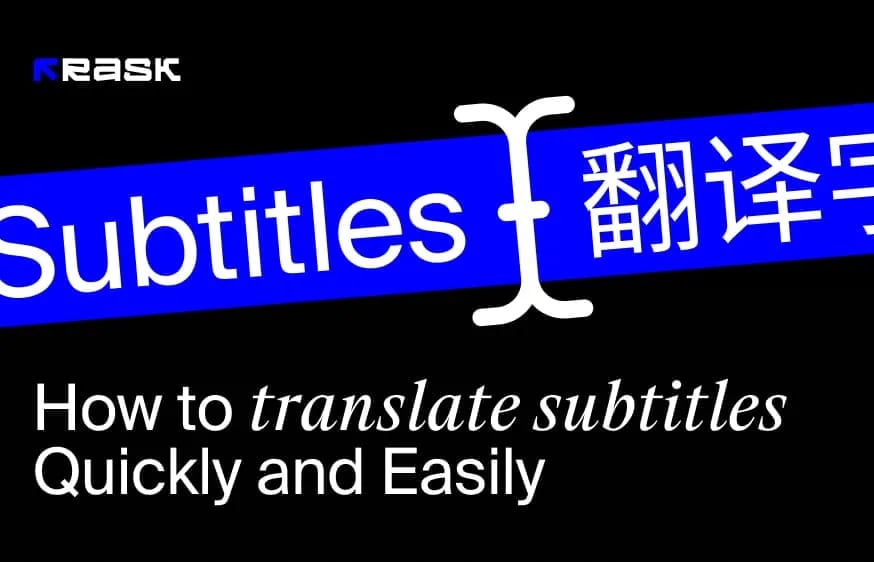
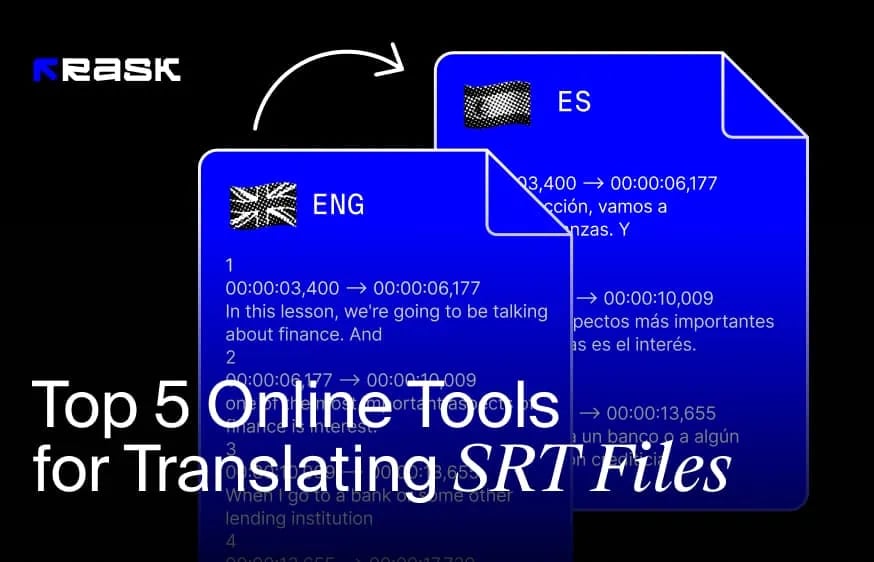

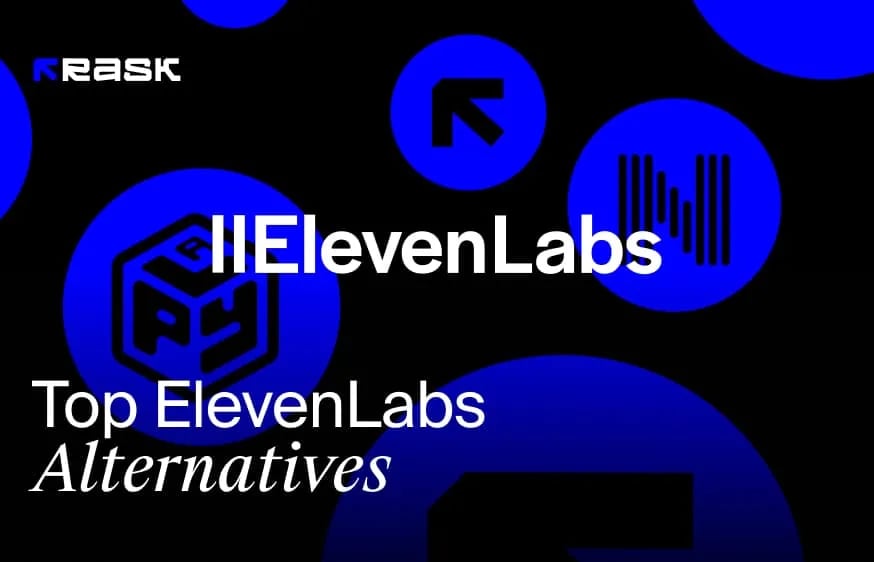
.webp)
